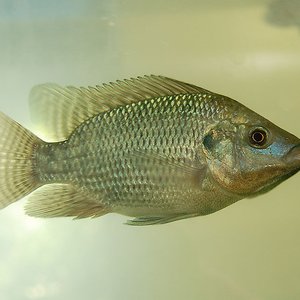Advertisement
Reports
Open access journals success route for scientific publishing
Scholarly publishing must compromise with new open publishing initiatives, study finds
There is no hiding the fact that a major shift in the nature and format of scholarly communication is underway. It has its advocates but it also has its detractors. But just how much does the research community know about open access journals or media, such as BioMed Central? And what do senior researchers think of the growing trend towards publishing findings in peer-reviewed online media?
Links:Full CIBER report
JOB BOARD
-
Sales Support SpecialistAug. 27, 2025
-
Sales ManagerJuly 30, 2025
-
Food Safety & Quality Assurance Manager - USMay 21, 2025







